rest based grazing
CONSERVATION GUIDES OUR BUSINESS
When Evan’s parents, Fred and Geraldine Pensini purchased Wyloo station in 1976, they could see the potential of the country. But parts of the property were severely degraded and needed extended rest to grow adequate feed.
REGENERATING THE CHEELA PLAIN
1977
Following a Department of Agriculture and Food survey conducted in 1978, 23,500 hectares of the Cheela River land systems of the previously Wyloo Pastoral Lease were found to be extremely degraded. As a result, the Pensini family set about drastically reducing cattle numbers on the Cheela Plain, allowing the land time to regenerate. This decision proved to be the beginning of a change in mindset in regenerating the landscape in stark contrast to the traditional stocking practices of the property’s predecessors.
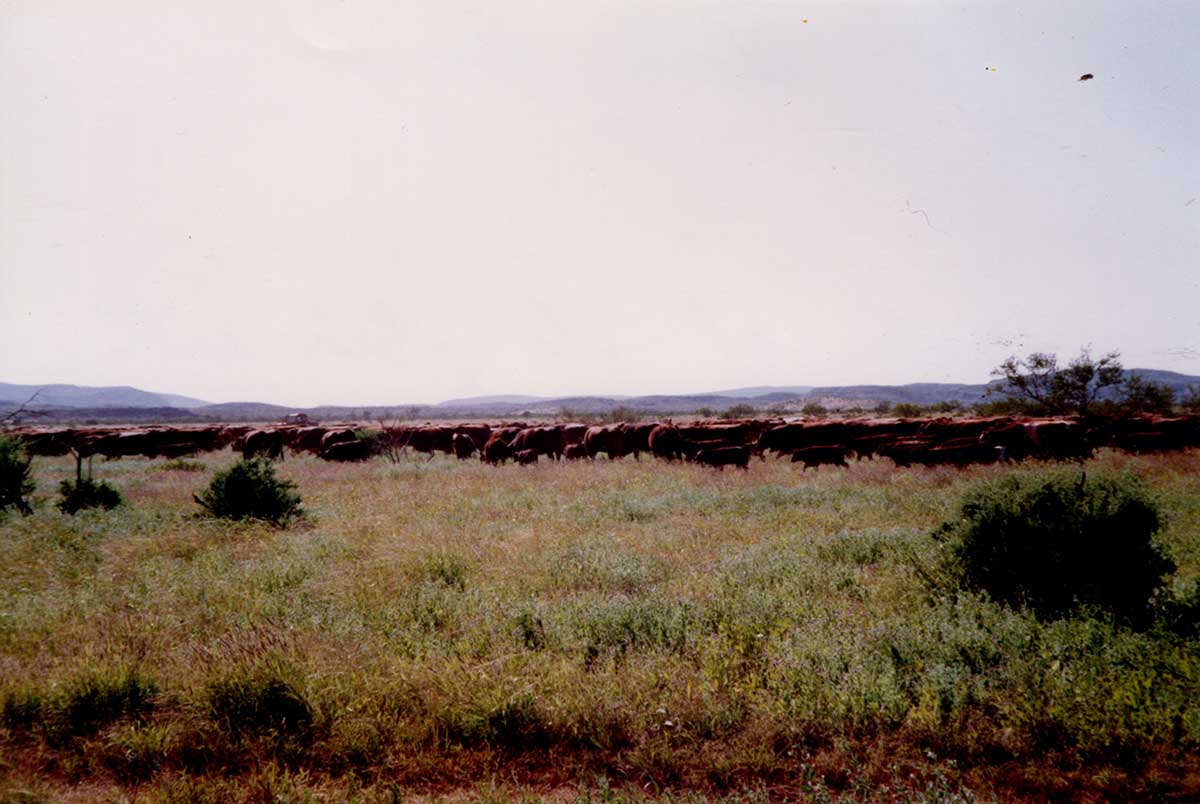
2001
Through implementing a grazing system aimed at conservation, rest and control have become the Pensini’s mantra. By controlling water points, they have limited the number of feral animals and kangaroos and allowed native pasture time to rest and recover between grazings.
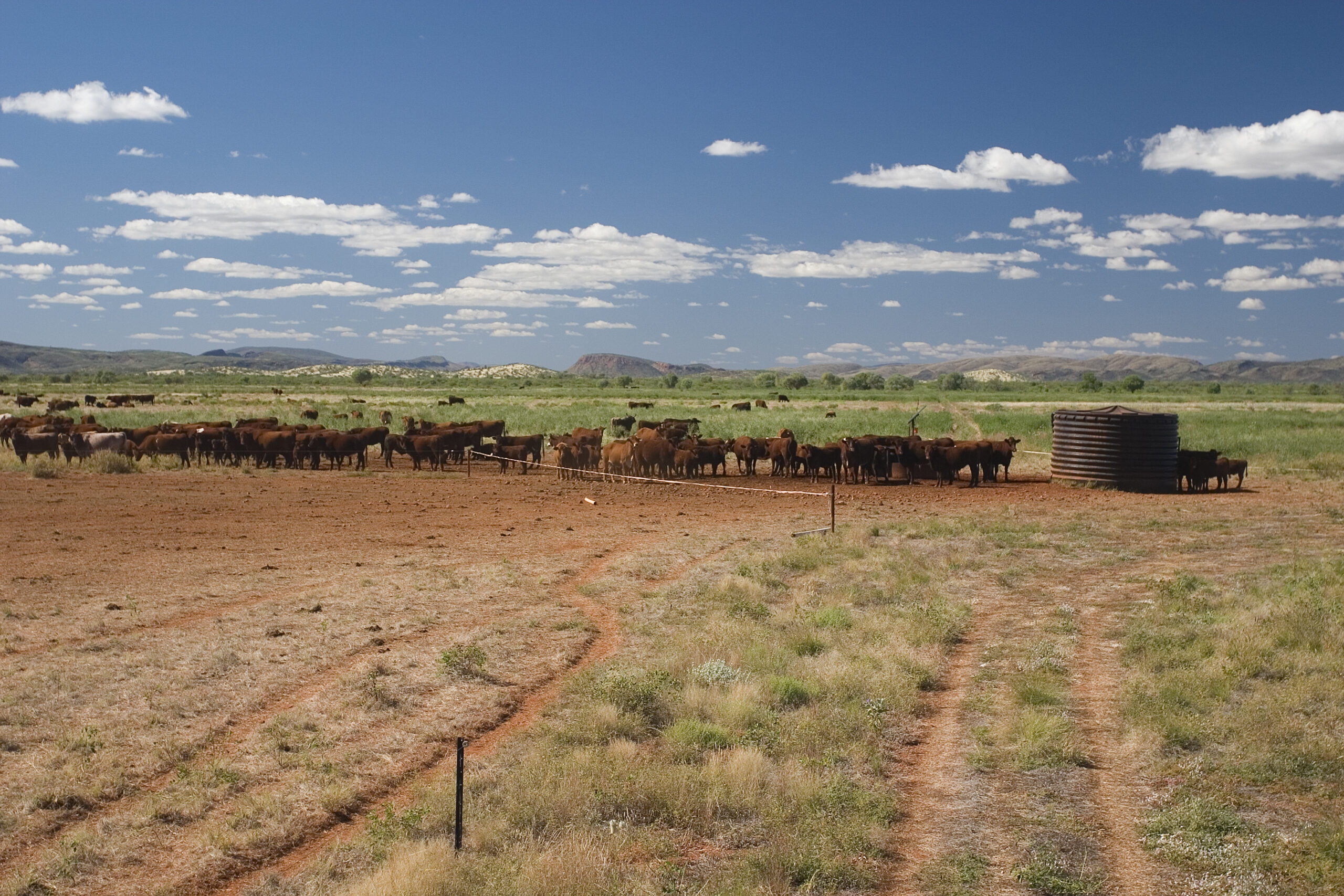
2017
Further evidence of the positive benefits of rest-based grazing are the re-colonisation of perennial grasses and shrubs never seen in Evan’s 40 years on the property. Evan is confident grass is an extremely beneficial tool in improving degraded lands such as the rangelands and provides a fantastic opportunity to sequester carbon. As part of the Carbon Capture Project completed in 2010 by the Department of Agriculture and Food conducted over a three-year period, carbon levels on Cheela Plains were measured and recorded providing a benchmark.
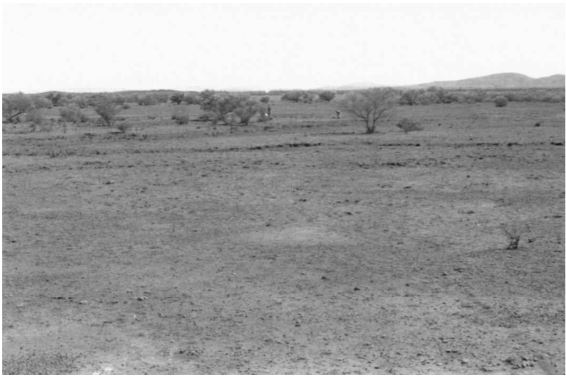
1992
During the 1980’s the Pensini’s introduced trapping of feral cattle to gain stock control and eradicate unwanted blood lines better known as ‘scrubbers’. Fred was a passionate cattleman who strove for high quality progeny even in the harsh Pilbara climate. Over time, the Pensini’s also invested heavily in fences and in conjunction with natural boundaries, created paddocks giving more stock control and the ability to rest paddocks.
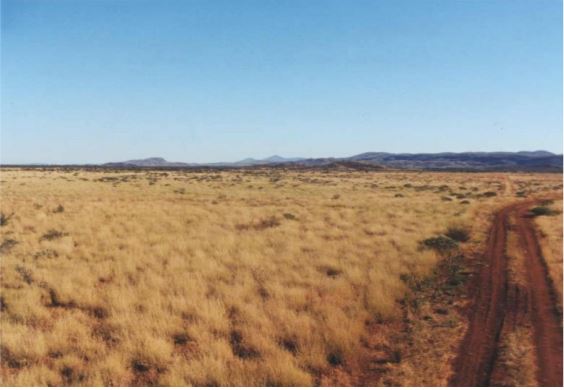
2006
It is exciting to note the 2018 recommended carrying capacity determined by the Department of Agriculture showed a 654% increase in the number of cattle units over what the 1978 survey predicted as the recommended carrying capacity if the land systems were fully restored. Proof that rest-based grazing is an effective method of regenerating the landscape!
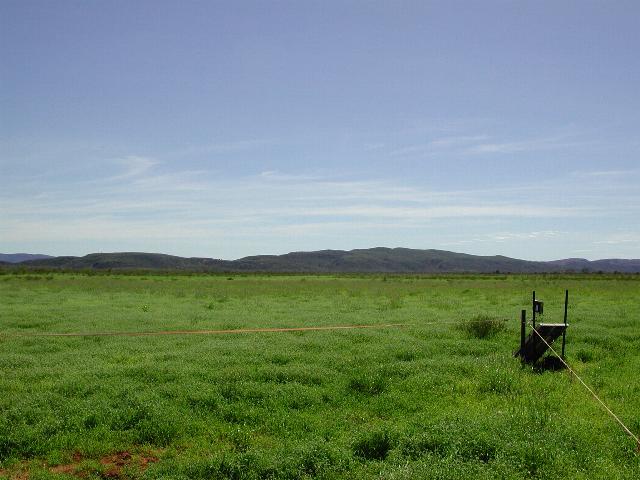
1977
Following a Department of Agriculture and Food survey conducted in 1978, 23,500 hectares of the Cheela River land systems of the previously Wyloo Pastoral Lease were found to be extremely degraded. As a result, the Pensini family set about drastically reducing cattle numbers on the Cheela Plain, allowing the land time to regenerate. This decision proved to be the beginning of a change in mindset in regenerating the landscape in stark contrast to the traditional stocking practices of the property’s predecessors.

1992
During the 1980’s the Pensini’s introduced trapping of feral cattle to gain stock control and eradicate unwanted blood lines better known as ‘scrubbers’. Fred was a passionate cattleman who strove for high quality progeny even in the harsh Pilbara climate. Over time, the Pensini’s also invested heavily in fences and in conjunction with natural boundaries, created paddocks giving more stock control and the ability to rest paddocks.

2001
Through implementing a grazing system aimed at conservation, rest and control have become the Pensini’s mantra. By controlling water points, they have limited the number of feral animals and kangaroos and allowed native pasture time to rest and recover between grazings.

2006
It is exciting to note the 2018 recommended carrying capacity determined by the Department of Agriculture showed a 654% increase in the number of cattle units over what the 1978 survey predicted as the recommended carrying capacity if the land systems were fully restored. Proof that rest-based grazing is an effective method of regenerating the landscape!

2017
Further evidence of the positive benefits of rest-based grazing are the re-colonisation of perennial grasses and shrubs never seen in Evan’s 40 years on the property. Evan is confident grass is an extremely beneficial tool in improving degraded lands such as the rangelands and provides a fantastic opportunity to sequester carbon. As part of the Carbon Capture Project completed in 2010 by the Department of Agriculture and Food conducted over a three-year period, carbon levels on Cheela Plains were measured and recorded providing a benchmark.

